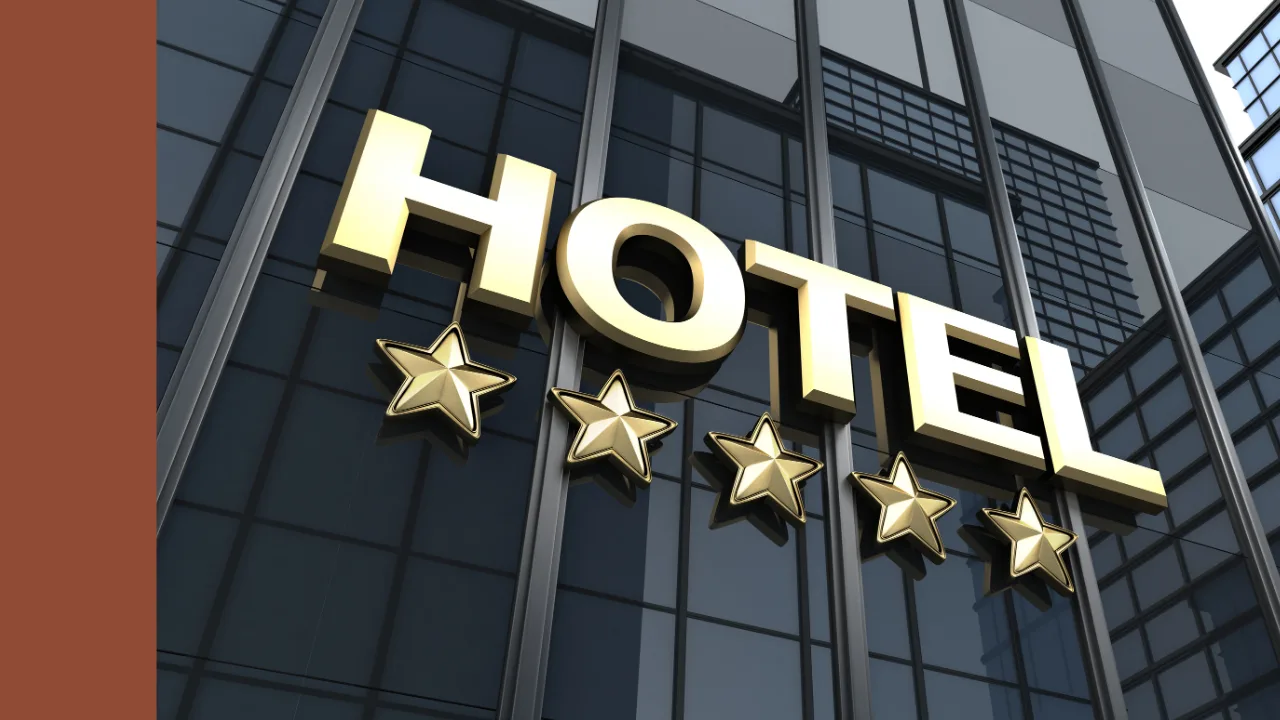National Australia Bank Ltd (ASX: NAB) is implementing even stricter lending standards, what will that do to the housing market?
NAB is one of the four largest financial institutions in Australia in terms of market capitalisation, earnings and customers. However, in 2018, it was Australia’s largest lender to businesses and has operations in wealth management and residential lending.
What Has NAB Done?
Most of the banks like Westpac Banking Corp (ASX: WBC), Australia and New Zealand Banking Group (ASX: ANZ) and Commonwealth Bank of Australia (ASX: CBA) have already implemented stricter lending requirements in light of the Royal Commission and from the direction of regulators.
However, NAB is taking that one step further by implementing a debt to income ratio limit, not just a loan to income ratio limit, according to the Australian Financial Review.
The new ratio will look at all debt and lines of credit compared to a potential borrower’s income. That means that things like a credit card, lines of credit, a car loan, other property loans, tax office debt, everything will count towards this debt to income limit.
If a credit card has a $10,000 limit it is the $10,000 that will added to this new calculation, even if the credit card balance is $0.
The debt to income limit will be a maximum of nine, which shows that NAB is becoming worried about the future ability of some borrowers to repay their loans. This new rule will seemingly rule out a lot of investors who have a leveraged property portfolio, although the rental income will be included on the income side.
The AFR quoted a NAB spokesman, saying that the bank’s appetite to lend has not changed, but it was taking a more detailed approach to ensure responsible lending.
Tougher lending requirements are likely to make it even harder for some borrowers to get a loan, which may send Australian house prices down further.
What does this mean?
Overall I think this is actually a responsible move by NAB, we don’t want a GFC-style meltdown of people who can’t actually repay their loans. However, it might suggest that there are some loans that were given out previously that are now seemingly unaffordable for some borrowers.
NAB is the cheapest of the big four banks and has the biggest dividend yield, but I’m avoiding all banks at this stage whilst house prices keep falling every month. I would much rather think about the reliable businesses outlined in the FREE report below instead of NAB.
[ls_content_block id=”18457″ para=”paragraphs”]










